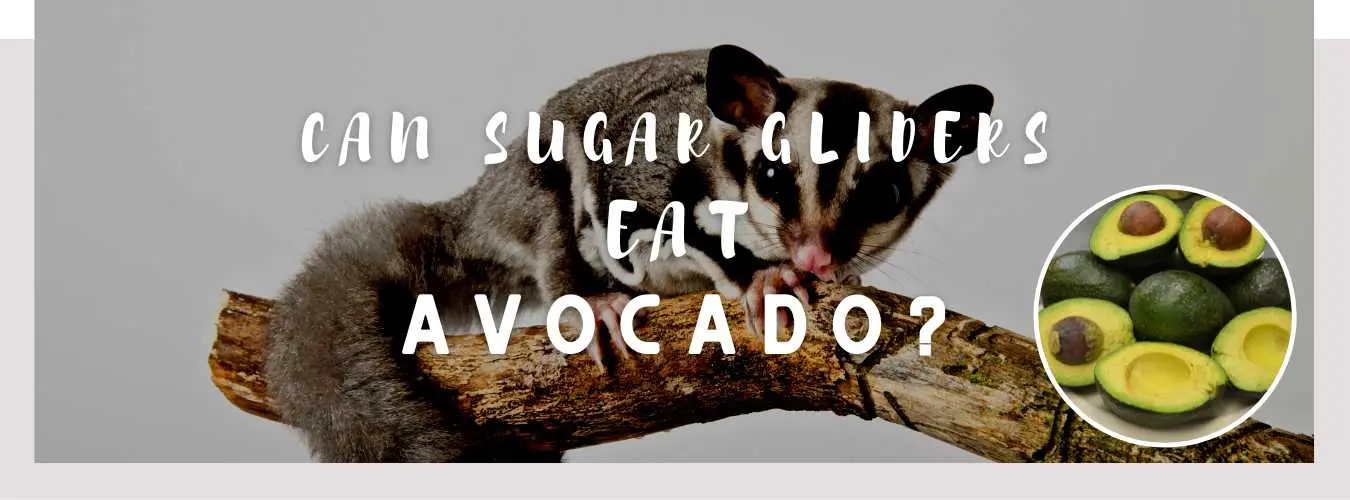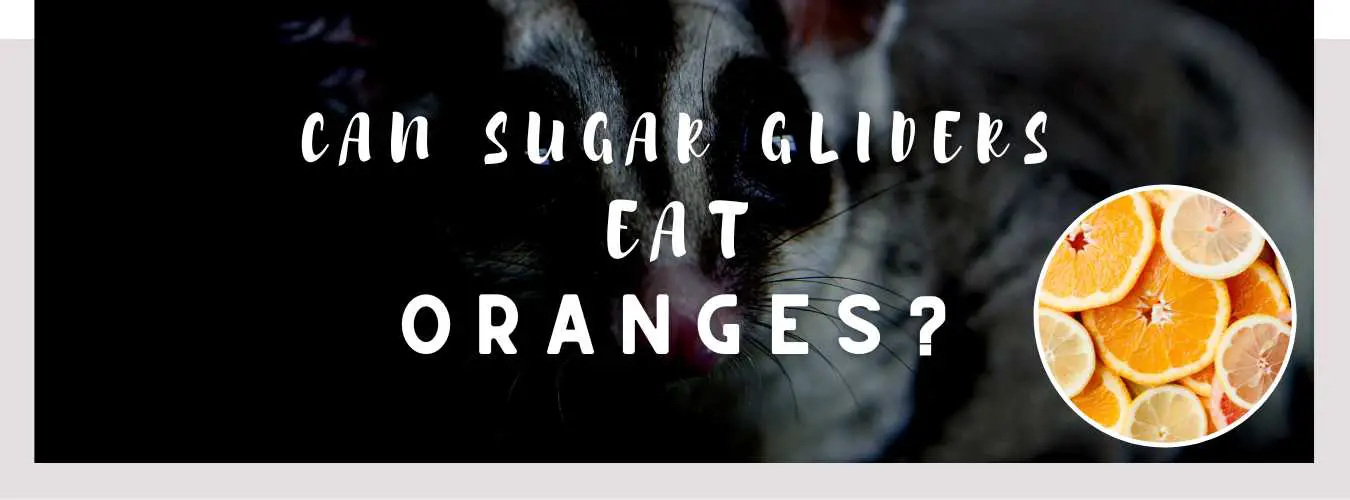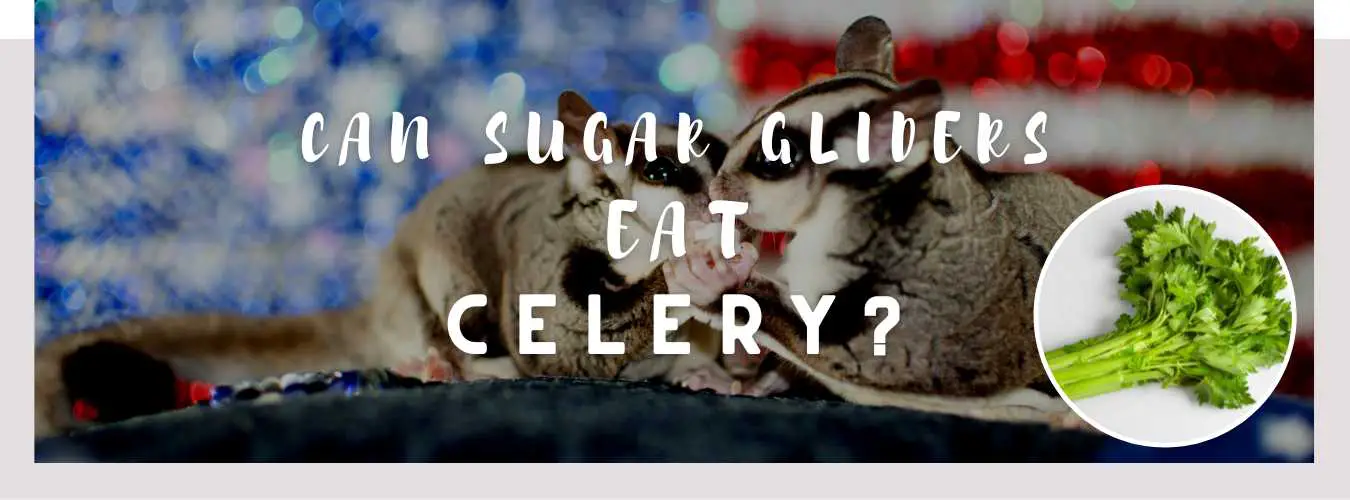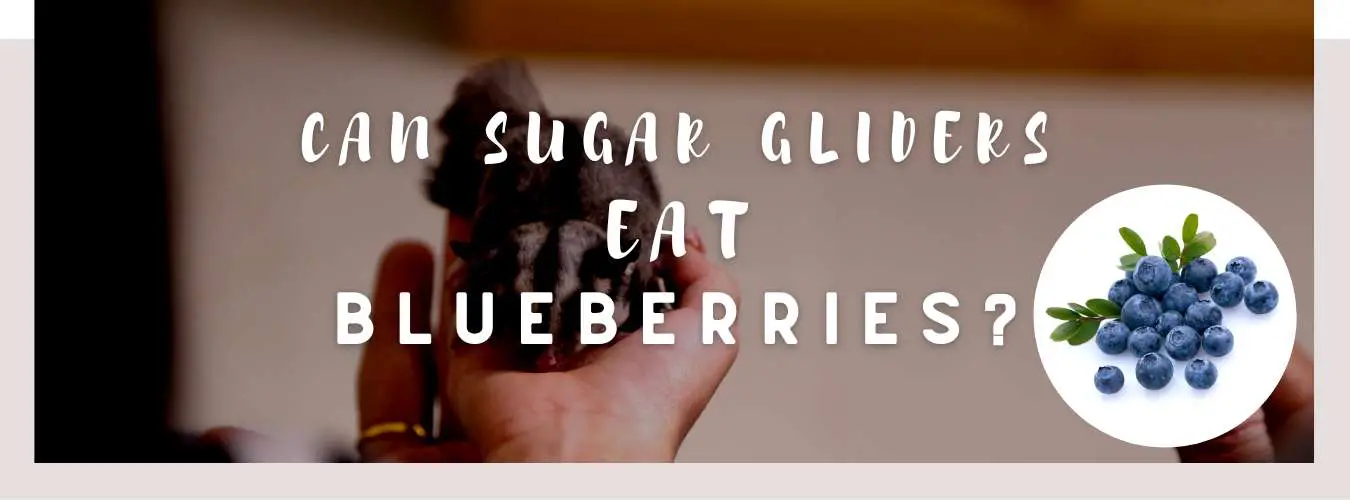
If you’ve ever wondered why a fly infestation can get out of hand so fast, it’s due to their rapid reproductive cycle. A single fruit fly can lay around 500 eggs in a lifetime, and the entire life cycle from egg to adult only takes about a week.
Not to be outdone, a single female house fly can lay up to 500 eggs over just three to four days and repeats the cycle multiple times throughout her life. House flies typically live 15 to 25 days but can survive up to two months under optimal conditions.
So you can imagine how quickly their populations can increase!
But, while swatting away at these annoying little buzzers, you must have asked yourself: “What animals eat flies?”
This article will explore various insects, reptiles, and other animals that feed on flies. If you would like to find out more, please read more.
What Is A Fly Parasite?
Fly parasites are tiny wasps that kill manure-breeding flies in their larval stage before they emerge as adults and can start laying eggs. The female predator seeks out a host pupa, drills through the cocoon, and lays several eggs inside it. The parasitoids kill the fly pupa by consuming it.
Birds That Eat Flies
Birds can catch insects midair and are considered the best type of bird to feed on flies and mosquitoes.

Barn Swallows
Barn swallows are an insectivore, meaning they only feed on insects. Insects that barn swallows feed on include mosquitoes, flies, grasshoppers, moths, beetles, and other flying insects.
Barn swallows will catch flying prey by chasing after it and zig-zagging through the air while in pursuit. Barn swallows are common in North America and found on farmland, near or in the suburbs, marshes, and lakeshores.
Tree Swallows
Tree swallows are a bird that feeds primarily on flying insects, including horseflies, mosquitoes, beetles, moths, and grasshoppers.
Tree swallows will feed on berries when these insects are not available for food during the winter. This bird species can be found all over North America, ranging from Alaska south to California and Nebraska and east to Maryland.
They prefer wet living areas like flooded meadows, marshes, lakeshores, streams, and open spaces near woods.
You might also like: Birds That Eat Dead Animals
Chickadees
Wasps, mosquitoes, flies, and caterpillars are part of a chickadee’s diet throughout the year. The chickadee’s diet will consist of 80 to 90 percent insects during the summer and 50 percent plant matter during the winter months.
Eastern Kingbirds
Eastern kingbirds are considered fly-catching birds, which means they catch flying insects to feed on.
This species will eat mostly insects during the spring and summer when insects are prevalent.
There are over 200 different types of insects that eastern kingbirds will eat, including mosquitoes and various kinds of flies.
Caught In A Trap – Spiders vs. Flies
A spider’s diet consists mainly of mosquitoes, flies, moths, and sometimes even other spiders. So, despite the fear that these eight-legged predators can induce in humans, they’re beneficial creatures to have around since they can help prevent other pesky insects from invading your home.
Some spider species are passive hunters that spin intricate webs to catch their supper. Other species, including crab spiders and wolf spiders, are stealthy hunters that actively seek out their prey as they move around.
Do Ladybugs Eat Flies?

There are more than 4,500 types of ladybugs, by which various species of Coleoptera insects are distributed throughout the world. They present different colorations, but the most common is a combination of red with black spots. Ladybirds eat insects, such as aphids, woodlice, flies, and mites.
The Fly And The Dragonfly
Several species of palaeoptera insects are included under the name Dragonfly. Palaeoptera insects are unable to fold their wings over the abdomen.
Dragonflies have an elongated and thin body, with multifaceted eyes that perceive what happens in a 360-degree range.
Dragonflies fall under insects that eat other insects. They feed mainly on flies, moths, and butterflies.
Do Lizards Eat Flies?
Aside from crawling insects, lizards like to target flying insects like flies, mosquitoes, winged termites, and crickets. Since lizards can scale walls thanks to their ability to stick and climb walls, they can catch flying prey, especially those that fly close to light sources.
You might also like: What Animals Eat Roaches?
Bearded Dragons
Your bearded dragon can safely consume house flies; however, they offer little to no nutritional value, unlike other tastier insects.
Store-bought flies are perfectly safe, but you should avoid feeding wild flies to your bearded dragon. Wild flies can carry insecticides and bacteria that are hazardous to your bearded dragon’s health.
Chameleons
Chameleons are insectivorous reptiles that commonly eat insects such as flies, crickets, and grasshoppers. However, due to their environment, which can be food-scarce, they will also opportunistically consume vegetation.
Other lizards that feed on flies include leopard geckos, anoles, and house geckos.
Can Frogs Eat Flies?

One of the most common predators of flies is frogs.
Although frogs eat a diverse diet, they feed on flies as often as possible.
Frogs of any shape and size eat insects such as flies and moths and snails, slugs, and worms. They use long tongues and sticky saliva to catch prey passing by.
Do Bats Eat Flies?
Bats eat a tremendous amount of insects, pests, or bugs each night. The insects eaten include mosquitoes, leafhoppers, beetles, rootworm larva, moths, grasshoppers, scorpions, centipedes, ants, flies, and crickets. Many insectivore bat colonies will use bat houses as an artificial roost during the day.
Final Thought
House flies get their name from being the most common fly found around homes.
Adult House flies can grow to one-quarter of an inch long and usually live between 15 and 25 days. House flies taste with their feet, which are 10 million times more sensitive to sugar than the human tongue!
Insectivores are animals that prey on insects. The hundreds of different fly species, such as horse flies, fruit flies, blowflies, black flies, etc., all have the same predators in common.
I am a huge animal lover and have four dogs, a Labrador, Jack Russell, Pug, and Teacup Yorkie. I also have a cat and a Cockatiel. I have had pets since I was a toddler, and there was not a day when there wasn’t an animal in my house.










